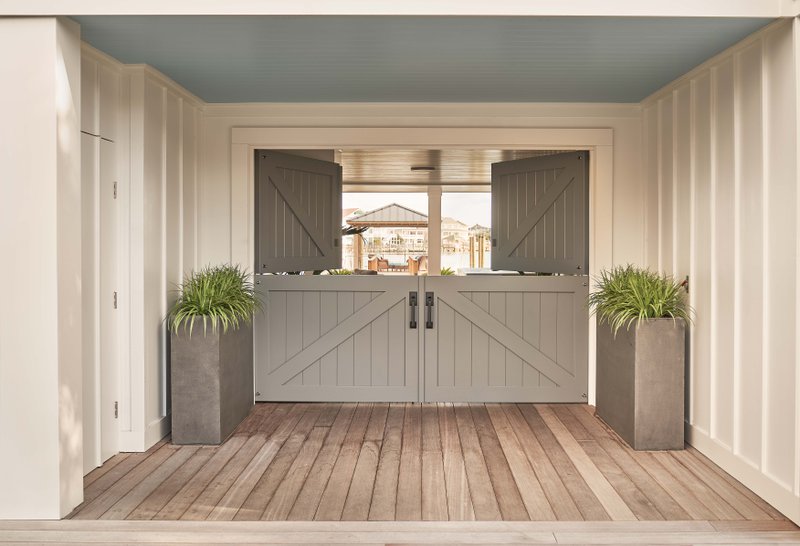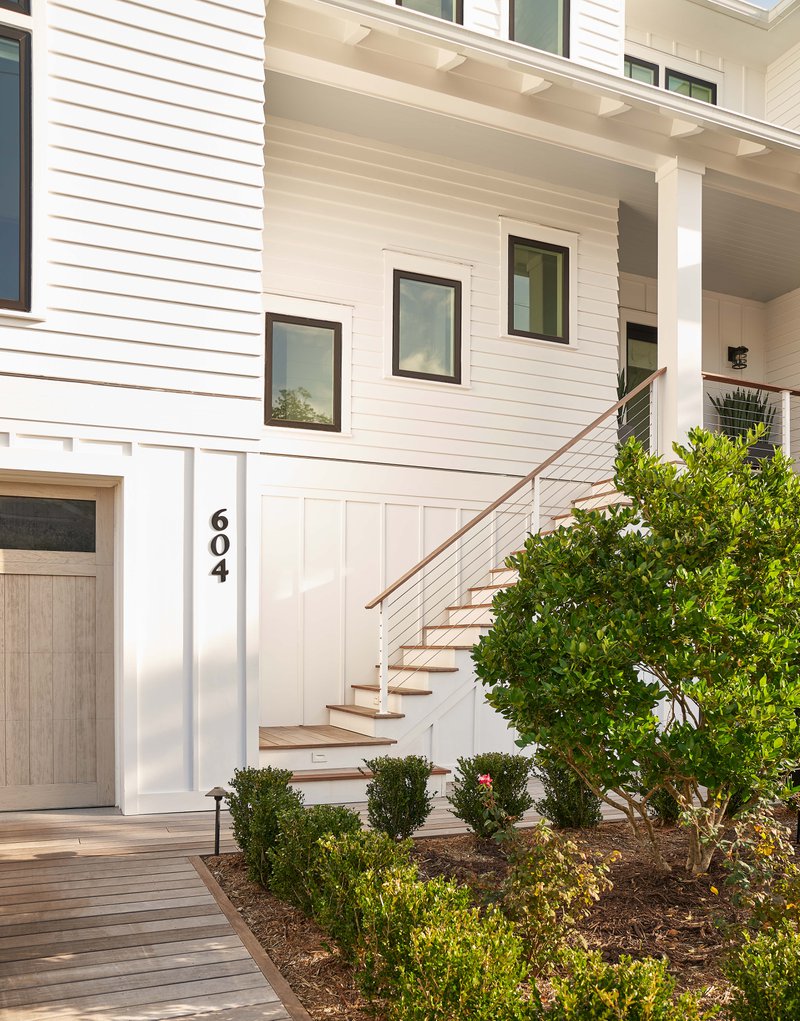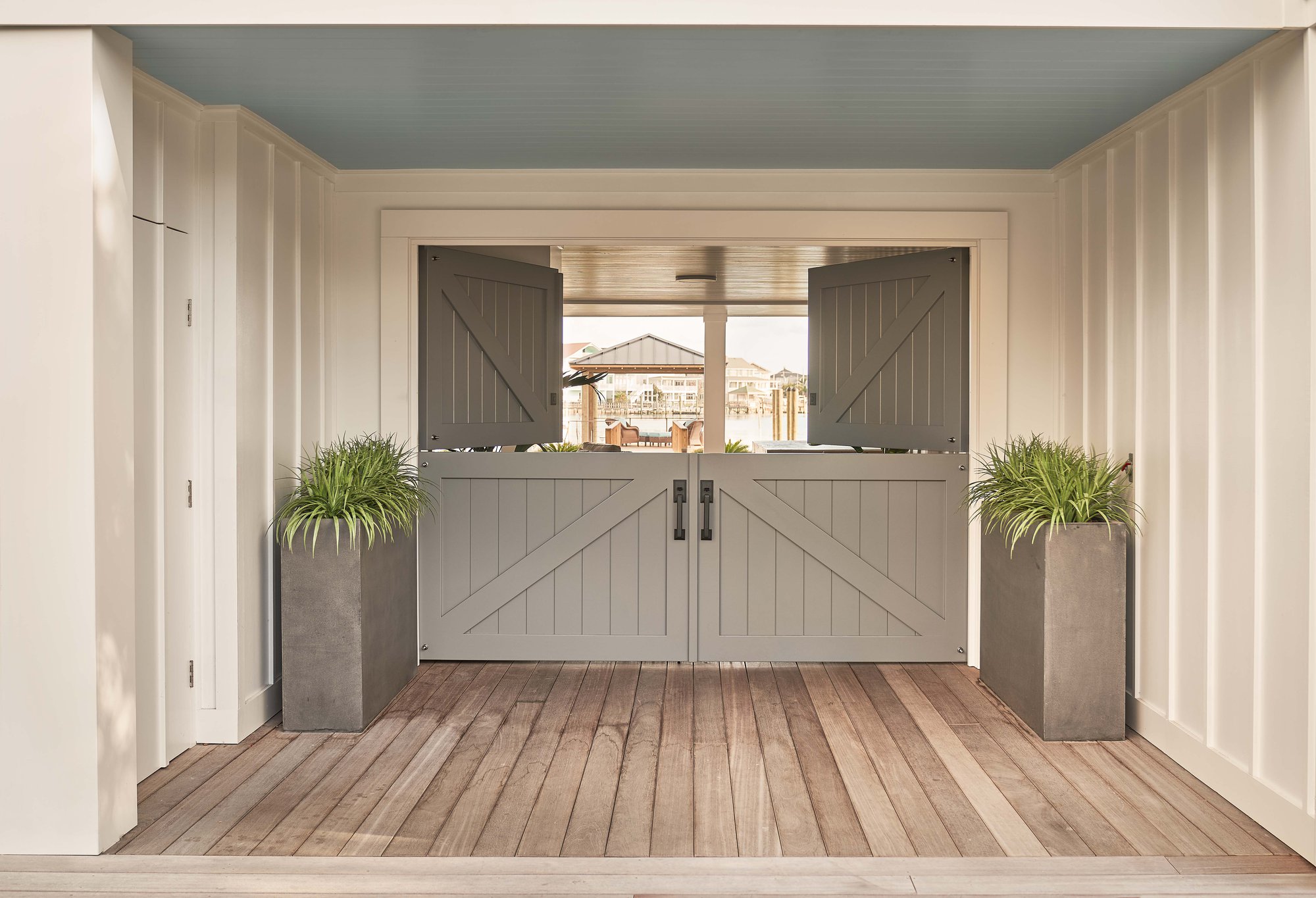A coastal home offers a lifestyle unlike any other. The rhythm of the ocean, the expansive views, and the calming atmosphere are what draw people to the shoreline. Yet while life by the water has many rewards, building in these areas presents unique challenges. Salt-laden air, powerful storms, heavy winds, and constant humidity test the strength of every material used in construction. Choosing the right building materials for a coastal home is about much more than appearance. It’s about ensuring safety, reducing maintenance, and protecting an investment for generations.
Strong Foundations and Structural Materials
The foundation of a coastal home is its greatest line of defense against the elements. Traditional concrete performs well, but when reinforced with steel and advanced additives, it becomes more resistant to moisture intrusion and shifting soils. Elevated foundations are also common in coastal regions, allowing water to pass beneath the home during high tides or storm surges. Masonry options such as stone and brick provide added durability, blending function with beauty.
Above the foundation, siding and wall materials face daily battles with salt and humidity. Natural wood, while attractive, can deteriorate quickly. Fiber cement siding is one of the best alternatives for a coastal home. It resists rot, pests, and warping while offering design flexibility that mimics traditional wood textures. Pairing these materials with stainless steel fasteners and connectors ensures the structural frame stays intact even in the harshest environments.

Windows, Doors, and Roofing That Protect
A coastal home needs windows and doors that do more than frame a view. They must withstand wind, salt spray, and sudden impacts. Impact-rated glass combined with corrosion-resistant vinyl, fiberglass, or aluminum frames provides strength without compromising aesthetics. These options also improve energy efficiency by keeping cool air in during hot summer months and blocking UV rays that fade interiors.
The roof is equally critical. Standing seam metal roofs made of aluminum or galvanized steel are excellent choices for coastal conditions. Their smooth, interlocking panels resist water intrusion, and their nonporous surfaces reduce the risk of corrosion. Clay and concrete tile roofs also offer longevity and resistance to salt air while reflecting sunlight to keep interiors cooler. A well-installed roof protects the entire home, acting as the first barrier against wind and rain.
Outdoor Living Spaces That Endure
For many, the highlight of a coastal home is its outdoor spaces. Decks, patios, and balconies must be built with materials that can handle constant exposure to the elements. Composite decking has grown in popularity because it delivers the natural beauty of wood without the vulnerability. Resistant to moisture, splintering, and fading, composite materials allow families to enjoy the outdoors with less upkeep. Stainless steel or aluminum railings complete the look while providing lasting safety.
Even landscaping materials benefit from careful planning. Permeable pavers and treated wood fencing resist moisture damage and help improve drainage during storms. These details may seem small, but they play a vital role in keeping a coastal home looking and functioning at its best.
Interior Materials and Finishes
Moisture doesn’t just affect the outside of a coastal home. Interiors must be designed with the same level of care. Moisture-resistant drywall and treated wood framing reduce the risk of mold, while ceramic and porcelain tile flooring provide durability in high-humidity conditions. These materials are easy to clean, long-lasting, and particularly well-suited for kitchens, bathrooms, and entryways.
Cabinetry and finishes also deserve consideration. Marine-grade plywood, stainless steel hardware, and quartz countertops stand up better in damp environments compared to traditional options. These selections protect the investment inside the home while creating a fresh, modern aesthetic.
Sustainability and Energy Efficiency
Building a coastal home today also means planning for long-term sustainability. Many of the best materials for coastal environments also support eco-friendly building practices. Metal roofing, for example, can be recycled and reflects heat to lower energy costs. Fiber cement siding lasts for decades, reducing the need for replacement. Impact-rated windows improve energy efficiency by regulating indoor temperatures, cutting utility bills while making the home more comfortable.

Solar panels, when paired with durable roofing, are becoming increasingly popular in coastal homes. They provide renewable energy and reduce reliance on the grid, a particularly valuable feature in areas prone to power outages during storms. With thoughtful planning, a coastal home can be both resilient and environmentally responsible.
Cost Savings Through Long-Term Durability
While some of these materials may require higher upfront investment, the long-term benefits outweigh the costs. A coastal home built with durable materials needs fewer repairs, lower insurance premiums, and less ongoing maintenance. Homeowners save both time and money while preserving the property’s value. These savings become even more significant over decades of ownership, turning smart material choices into one of the best investments in coastal living.
Building for the Future
A coastal home represents both a retreat and an investment. Choosing materials that resist salt, humidity, storms, and heat is essential for protecting that investment. Reinforced foundations, fiber cement siding, impact-resistant windows, metal roofing, and composite decking work together to create a home that is both strong and stylish. Inside, moisture-resistant finishes and energy-efficient features keep the property comfortable and sustainable.
Konrady & Son Construction brings expertise in building coastal homes that endure the test of time. With services spanning custom homes, renovations, and storm protection systems, our team understands what it takes to craft houses that thrive in North Carolina’s shoreline conditions. Ready to build the home of your dreams? Send us a message today.
Leave a Reply Cancel reply
site design
Monday - Friday
8:00 AM- 5:00 PM
435 Eastwood Rd
Wilmington, NC 28403
